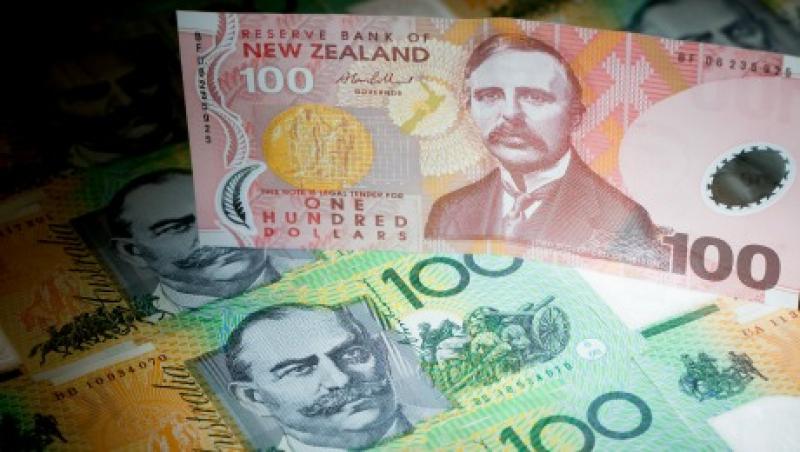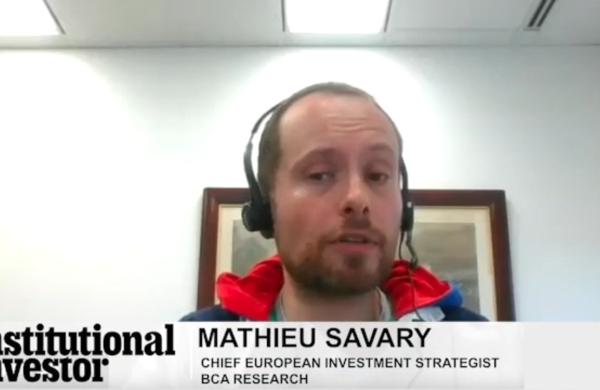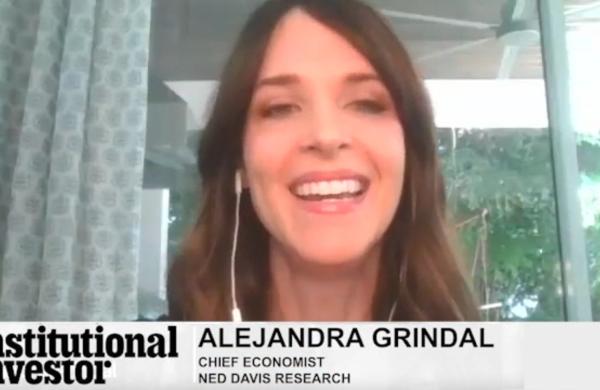Dancing between volatility and earnings. While investors remain uneasy after a bout of volatility in U.S. equities last week, for the most part, this quarter’s earnings releases have been very positive. Yesterday’s release from American International Group was a case in point with strong earnings growth that more than offset any negative investor sentiment caused by the $960 million settlement with the U.S. government over claims stemming from its 2008–’09 financial crisis woes. Earnings season has also been kind to Japanese large caps and largely to European stocks. With so many market strategists urging caution at current valuations, the net impact of these upside surprises is muddying water for allocators trying to make decisions as the end of summer — and vacation season — comes within sight.
Rate decision down under. The Reserve Bank of Australia left the benchmark cash rate target unchanged at 2.5 percent. The accompanying statement indicated that bank policymakers see inflation as manageable for the time being, as a strong Australian dollar weighs on some segments of the economy. Separately, Australia’s Future Fund, the nation’s sovereign investment vehicle, announced a fiscal year-end performance of 13.9 percent, bringing the fund’s total assets above $100 billion in Australian dollar terms (1A$=$0.93).
Earnings season rumbles on cruise control. U.S. large cap equities reporting today include Archer Daniels Midland, Groupon and Walt Disney. Twenty-First Century Fox’s quarterly call will be of special interest to investors as the company’s executives are expected to lay out its case for merging with Time Warner in an $80 billion transaction. This morning in Tokyo, Toyota Motor’s second-quarter earnings beat consensus forecasts, with a 4.4 percent increase, and the world's largest car maker guided expectations for North American sales higher for the next three quarters.
U.S. service sector activity. In the U.S., services purchasing managers’ index (PMI) data from the Institute for Supply Management, scheduled for release today, is expected to improve for July. The labor subindex will be a particular focus for economists, as service-industry companies remain the nation’s largest employers. Separately, New York–based financial data provider Markit will also release July U.S. nonmanufacturing PMI today, with forecasts for a flat reading on the month.
Technicians urge caution for U.S. stocks. In a research note sent yesterday, John Kosar, director of research at Schaumburg, Illinois–based financial information services provider Asbury Research, wrote that despite a modest rebound, U.S. equity markets remain vulnerable to a deeper decline: “The U.S. broad market failed to resume its advance over the past month and instead collapsed at the end of last week, which indicates that a pullback/correction is underway. This negative near-term bias is supported by contracting ETF asset flows, widening corporate bond spreads and elevated volatility.” Kosar is noted among technical analysts for being highly cognizant of fundamental and macroeconomic factors, in addition to price movements.
Scottish secession decision looms. Brian Hillard, chief U.K. economist at Société Générale released a report yesterday on the potential impact of the Scottish referendum, scheduled for September 18. Hillard concludes that there are still many unknowns, including how much of the national debt would be assumed by the breakaway state and whether it could enter the European Union without creating a negative precedent for future separatist actions. Separately, Société Générale’s currency research department estimated a 3 to 5 percent decline for the U.K. pound versus primary currencies in the event Scotland votes for succession.
Portfolio Perspective: Nothing has Changed. So Why Are Investors Scared? — Neal Berger, Eagle’s View Capital Management
At least compared to much of the past several months, July 31 was a rare day, indeed. The VIX index, a measure of U.S. equity market volatility, spiked to 16.95 — a 27 percent one-day gain, with the index closing near year-to-date highs. While many market watchers have differing opinions as to what drove this sudden change, I believe it is a clear signal that U.S. equity investors are keenly on guard for a steep market correction.
The S&P 500 has not had a correction of more than 10 percent in more than 1,000 days. This marks the fifth-longest stretch since 1928 without a correction that the S&P 500 has experienced. This prolonged streak of low volatility and expanding prices has ironically fed concerns over a sudden, severe and substantial downturn. Unlike a sports team that is merely due for a loss after a long winning streak, however, many investors will intuitively equate the size of a possible correction directly to the scale of the bull market that preceded it, based on their collective memory of 1987, 2001 and the like. No one wants to be left standing at the end of a round of musical chairs.
Nothing substantial changed last week. Despite the global geopolitical turmoil in the Middle East and Eastern Europe, there was no tipping point. The U.S. Federal Reserve is on a clear course to taper monthly bond purchases completely while leaving interest rates low for an extended period of time thereafter.
Other volatility spikes during 2014 have all proven to be false alarms and good selling opportunities for those who are in the business of selling options opportunistically. On February 3, the VIX closed at 21.44, only to fall back to the mid-13 range just two weeks later. We’ve had many head fakes so far this year — which I believe is indicative of a market that is on high alert for any signs of a correction.
As I was writing this, the VIX has come off 2 percent true to recent form. While nobody knows if or when the big one will strike, as a betting man, I feel it would be arrogant of me to speculate that this spike in volatility is the start of a larger market downturn. That said, experience has taught me that markets generally correct when nobody is expecting it — and, in fact, investors find excuses even to deny the market correction that is happening before their eyes. In my opinion, this does not seem to be the case today — ironically because there is too much thoughtfulness and fear among investors.
Neal Berger is the founder and president of New York–based hedge fund firm Eagle’s View Capital Management.






